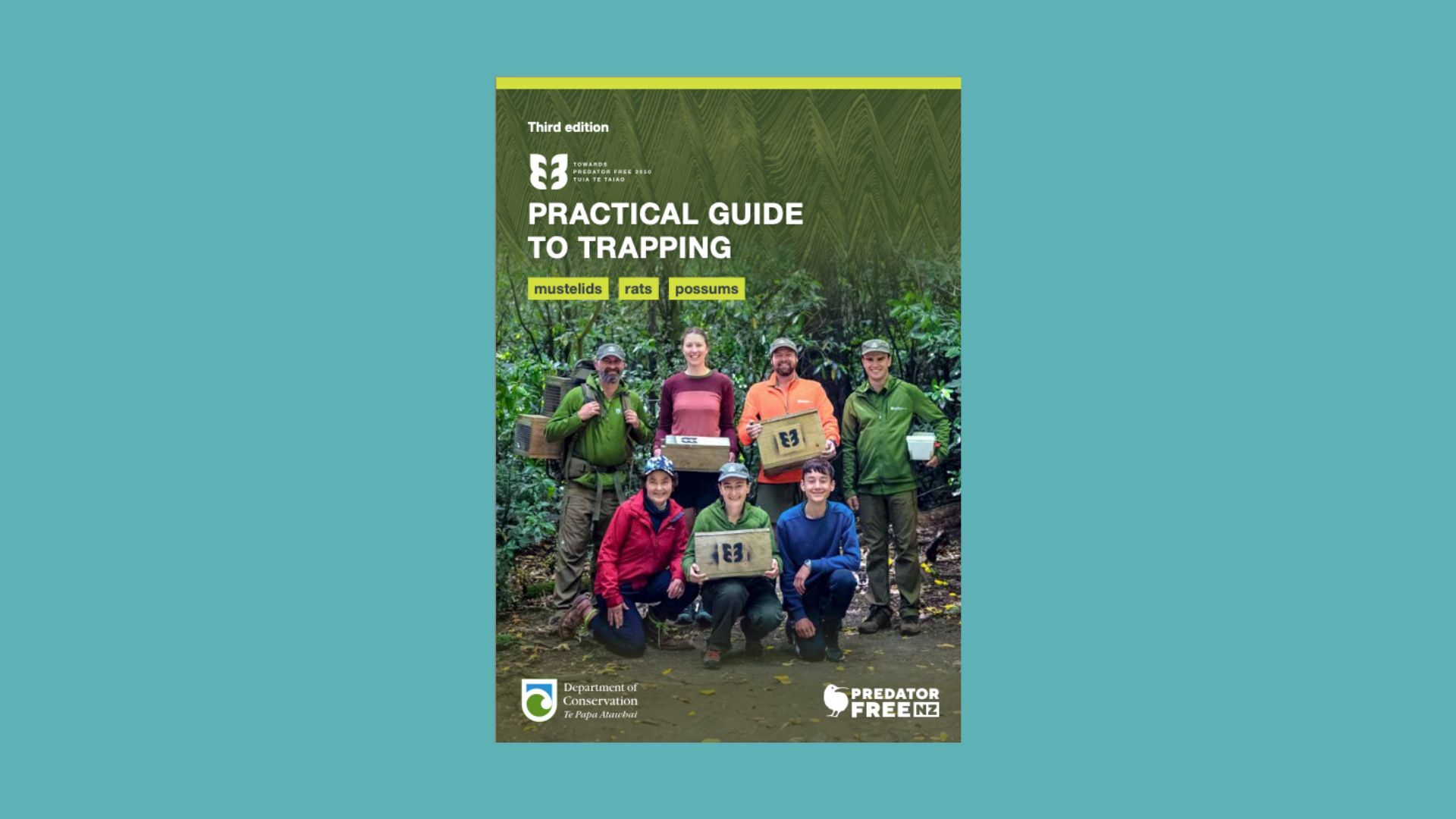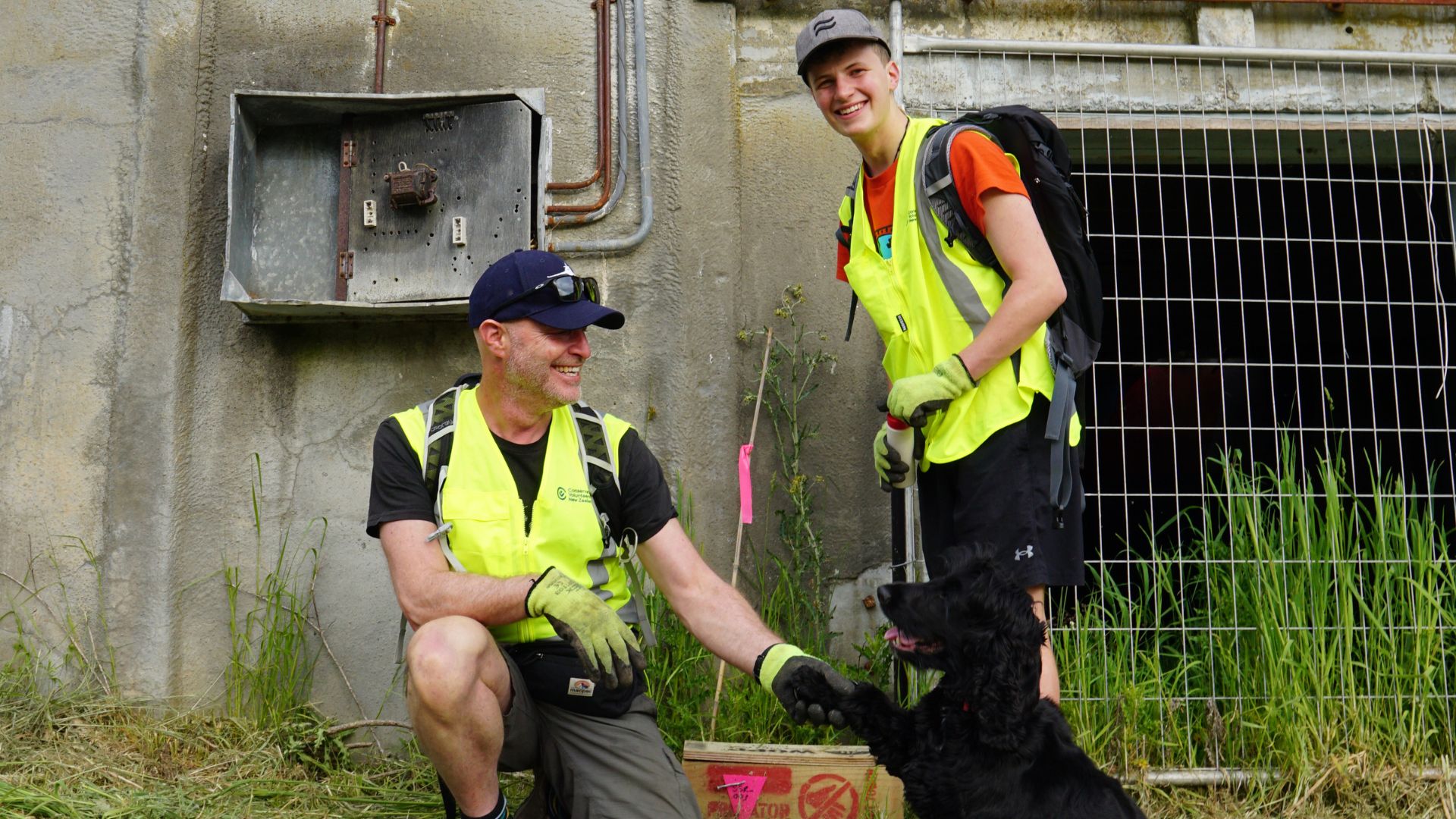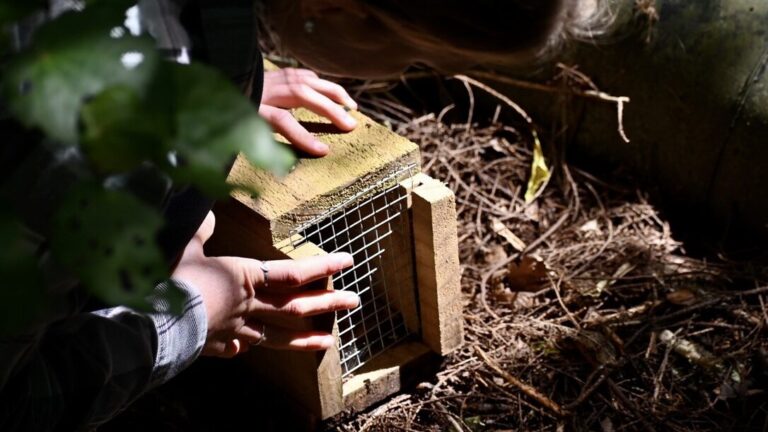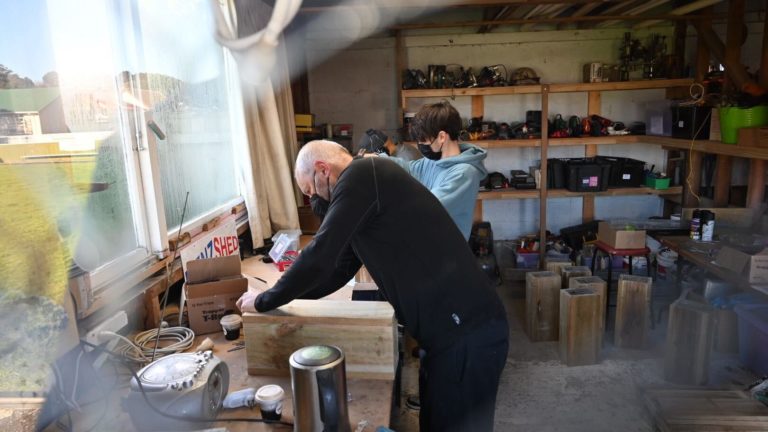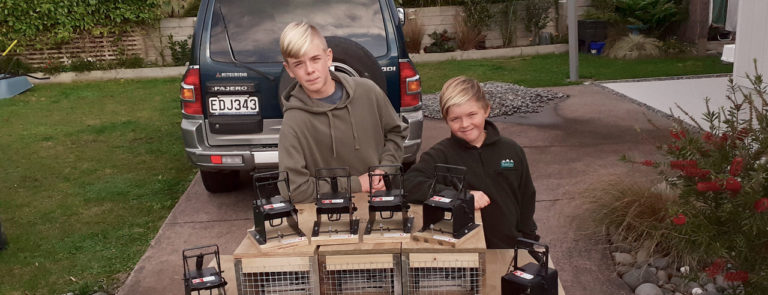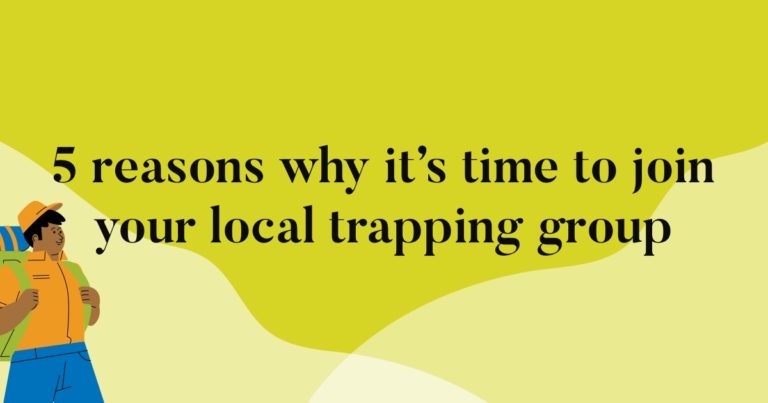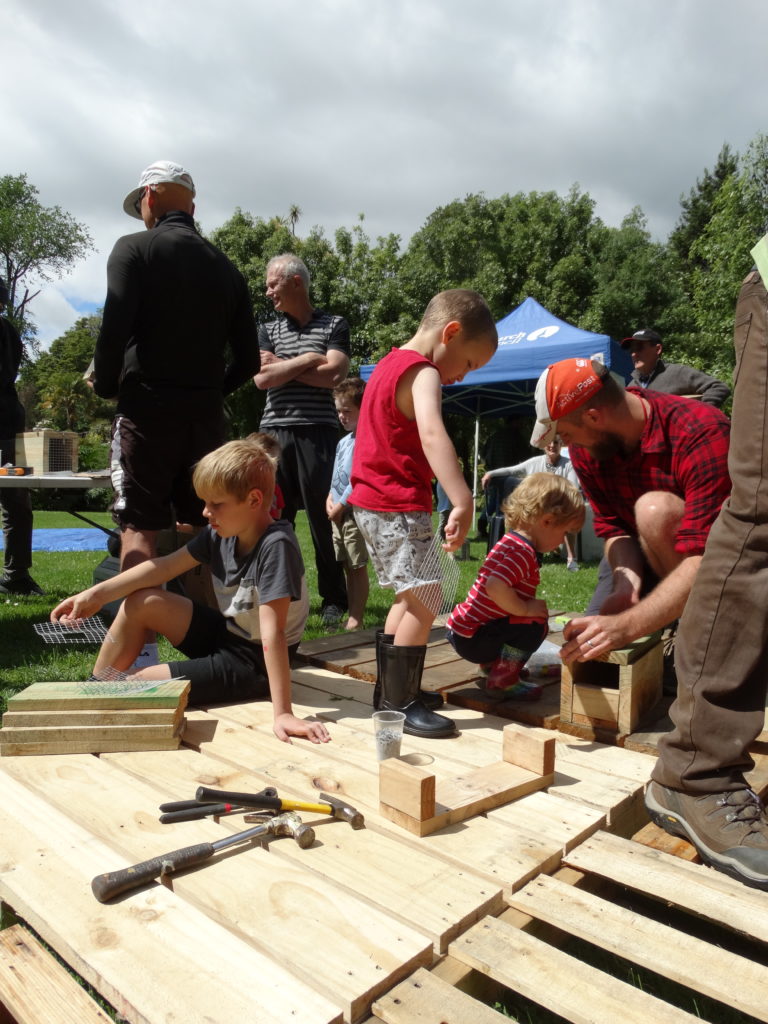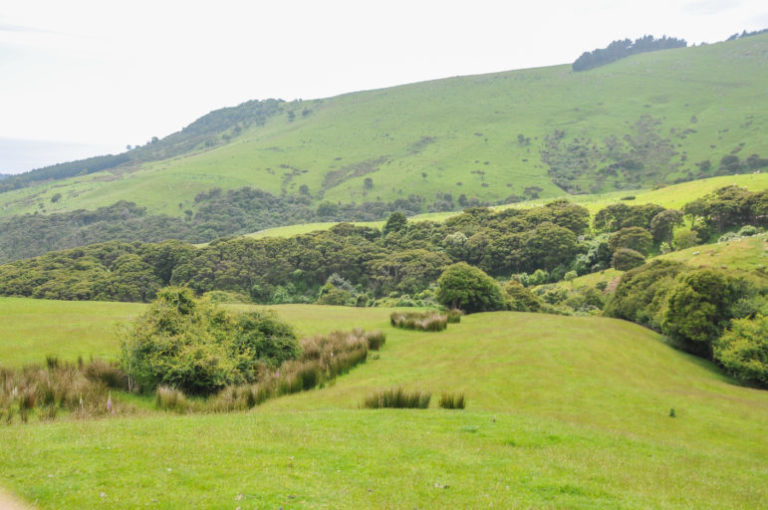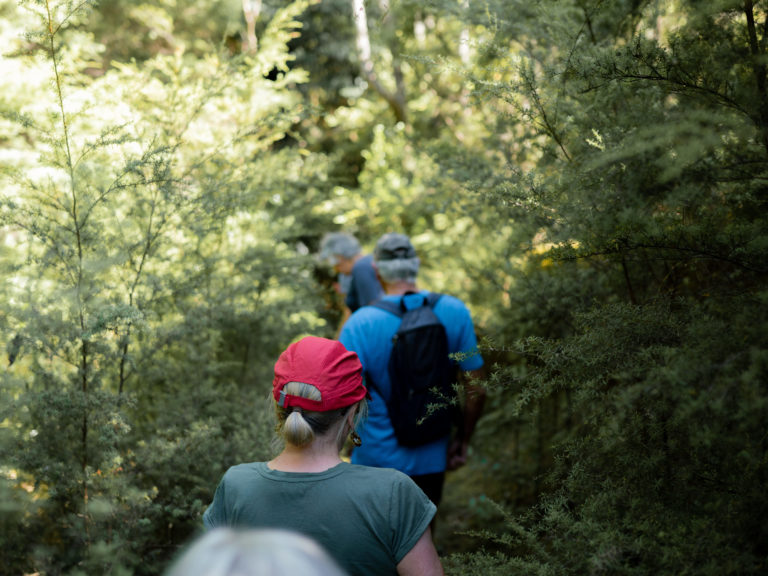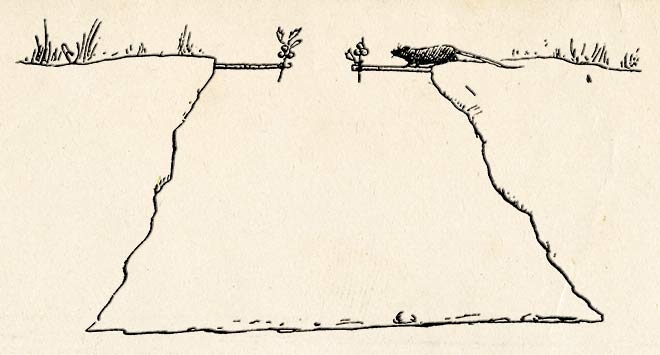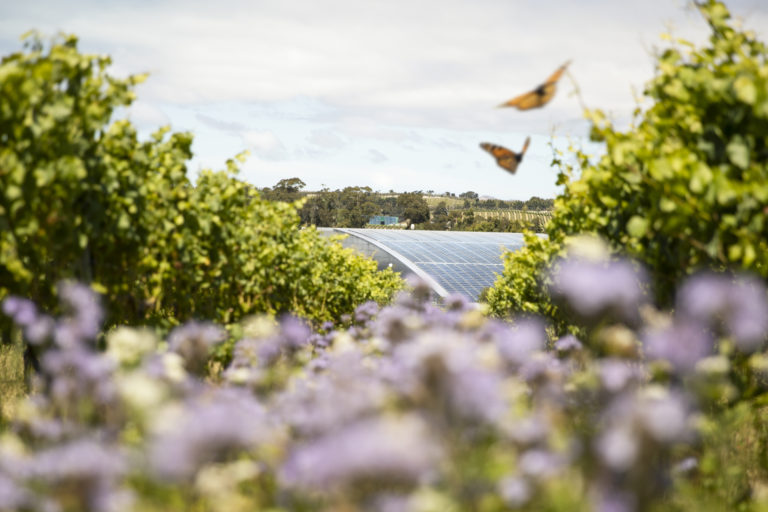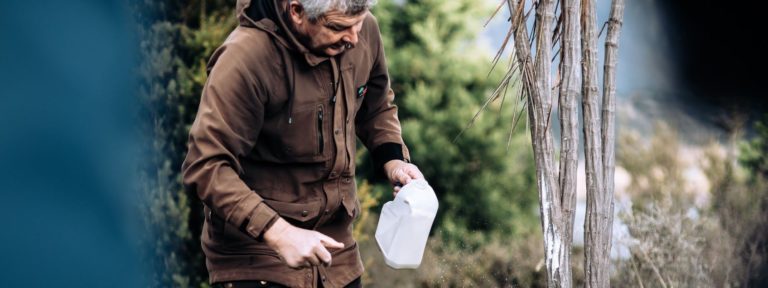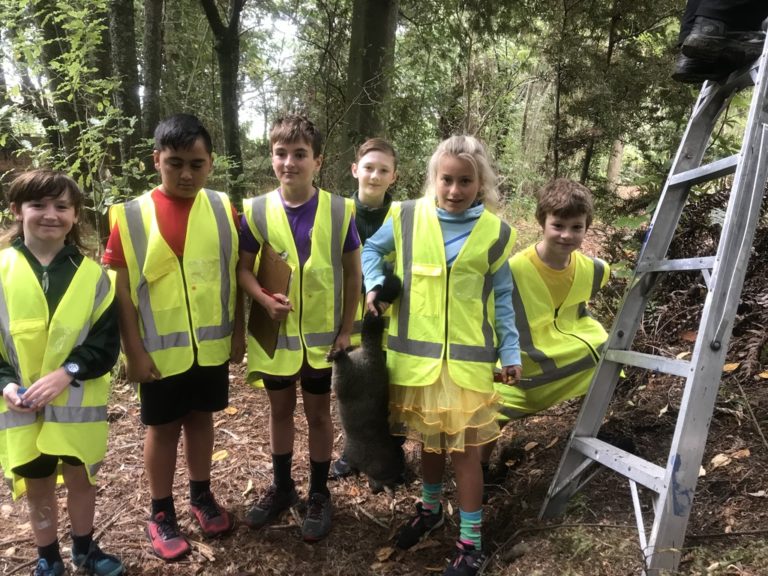Search results for: "trapping"
Getting your hands dirty with a practical guide to trapping
Order a copy of this comprehensive 80-page booklet for all the best practice tools you need for effective predator control in your community.
Funding nature: a boost for backyard trapping
From Auckland to Canterbury, these groups are taking on predators, bringing communities closer together and giving our endangered species a fighting chance.
Bonding for the birds: father and son trapping team
In Lyttelton Harbour, a story of family, nature, and the bond between a father, his son, and their furry companion unfolds.
Empowering communities: Unleash your community’s trapping prowess with these manuals
Need cunning strategies and expert tips to fine-tune your trapping networks? These manuals equip anyone with the know-how to construct their own traps.
The light at the end of the trapping tunnel
It turns out it’s not just the birds that benefit from backyard trapping. Research by Predator Free Wellington (PFW) shows being involved in community trapping is also good for your mental health.
Clever and crafty Phil Wilson’s guide to trapping success
What started as a way to get out of the house during lockdown quickly turned into a well-run and innovative trapping venture.
5 reasons why it’s time to join your local trapping group
New Zealanders join trapping groups for a number of reasons. They may want to protect our native species, leave our country in a better state for future generations or they may feel a strong sense of personal responsibility.
Start backyard trapping
Once you know which predators you’re dealing with, it’s time to select your backyard trap and start trapping. All the traps we recommend are humane.
Toxins, trapping and shooting on farms and lifestyle blocks
Tool selection depends on each situation: habitat, scale, which predators are present and how much time and money you put into it.
Trapping and baiting toolkit
Once you’ve identified your target predators, this Trapping and baiting toolkit has everything you need to know to get started.
Rat-trapping has a long history in Aotearoa
The ancestors of Māori brought the kiore across the Pacific in their waka and early Māori developed several types of ingenious rat traps to catch them.
Yealands Estate adds trapping to their eco-friendly initiatives
Sustainability has always been part of the Yealands Vineyard vision. Recently they've added trapping to their long list of eco-friendly initiatives.
Kiwi company exports NZ trapping expertise
Traps developed in New Zealand aren’t just saving our wildlife, they’re helping endangered wildlife all around the world.
Expert Trapping Tips
‘Attention-to-detail’ is Cam’s number one tip for trapping. We can't have ineffective kit sitting around, catching nothing.
Lynmore School raises awareness of trapping
On the 1st of August, some students from Lynmore School in Room 1A decided to open a trapping library to the Lynmore Community.

